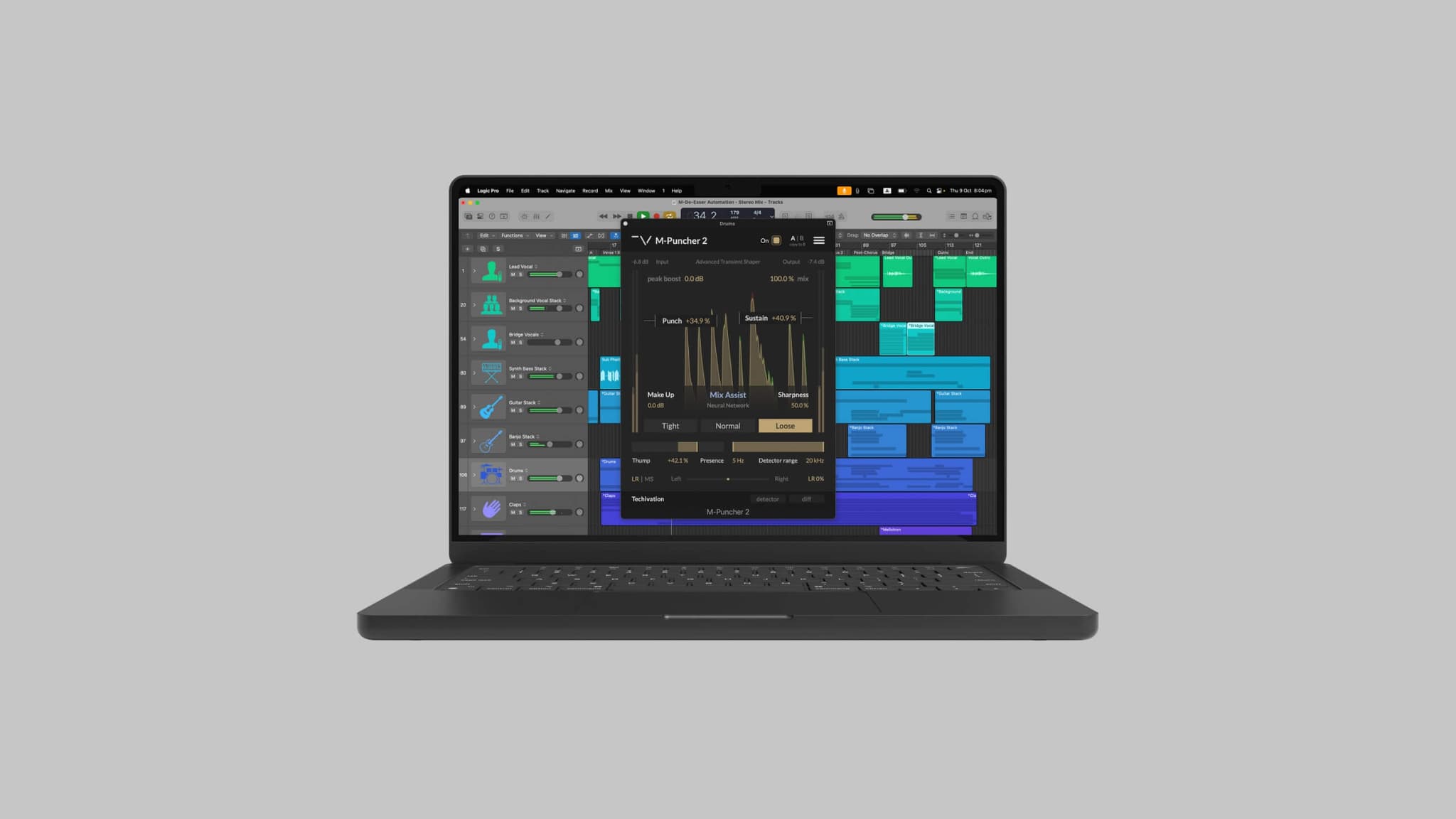M-Clarity Cheat Sheet #1

Consider these tips for using M-Clarity more efficiently to achieve the best results for your tracks.
1. 'Hard' mode is more accurate and useful than 'Soft' mode
In most cases, opting for the 'Hard' mode is recommended as it offers more noticeable changes to the sound compared to the 'Soft' mode. The 'Soft' mode is primarily designed for subtle adjustments, while the 'Hard' mode proves more useful during the repairing process.
2. Often choose a 'Narrow' frequency range
M-Clarity is designed with accuracy in mind, so it's best suited for surgical adjustments. Therefore, it is often more useful to select a narrower frequency range to target instead of a wider range, in order to achieve a better tonal balance for your sound.
3. Start with the 'filter' button
It's generally advisable to begin by clicking the 'filter' button to isolate the specified frequency range on the frequency range slider and identify problematic frequencies. Once you have identified them, click the 'filter' button again to disable it and commence your processing.
4. Gain compensation is often beneficial
As you suppress certain transients using M-Clarity, you may want to increase the overall output volume using the 'Gain' control in the plug-in to ensure level matching with your tracks. Sometimes, tracks with problematic frequencies may sound louder, but after applying the effect, you can simply increase the loudness using the 'Gain'.
5. M-Clarity can help achieve louder masters
By suppressing unwanted transients using M-Clarity, you can potentially increase the overall level using the 'Gain' control, enhancing the overall loudness of your track while helping the dynamic range, when utilizing the plug-in for audio mastering.
6. Use slower attack times and faster release times for drums
When applying M-Clarity to transient sounds like drum hits, selecting slower attack times and faster release times can help preserve the overall punch in the frequency range that you're suppressing. However, you are free to experiment with a 0 ms attack and 0 ms release without experiencing any distortion.
7. Opt for less 'Focus' for greater suppression
If you desire more pronounced effects on your audio, choose a lower 'Focus' amount. It's also recommended to start at 0% Focus and gradually increase it to your preference.
8. Consider the 'Intensity' amount
It's often beneficial to experiment with different 'Intensity' settings on a track to find the right balance, as it can have a significant impact on the overall result.
In conclusion, M-Clarity is designed with two primary objectives:to deliver super accuracy and artifact-free high-quality sound and to provide a fast and user-friendly experience. We hope this cheat sheet helps you achieve outstanding results more efficiently. Stay tuned for more.
Share this Article
Featured in this post



![[Video] New Update Released: Techivation M-Exciter](/_next/image?url=https%3A%2F%2Fstatic.techivation.com%2Fuploads%2FM-Exciter%2520New%2520Update.jpg&w=2048&q=75&dpl=dpl_7zU4C65LYfXjrc9KX3nQqU99frFt)
